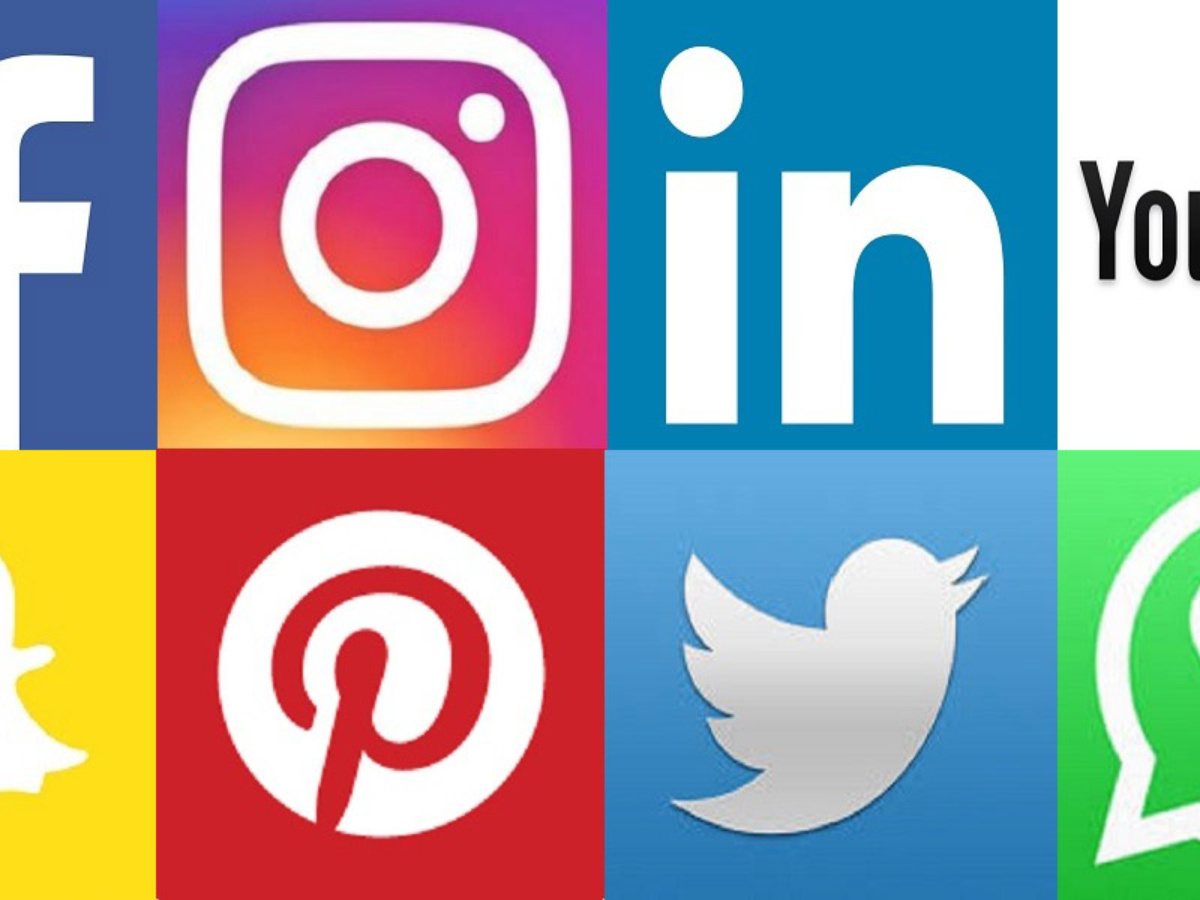Discovering What Is Fansly: The Platform Shaping Material Development
Discovering What Is Fansly: The Platform Shaping Material Development
Blog Article
Exactly How Social Media Site Operating Systems Have Actually Advanced: Examining Their Influence On Interaction and Advertising And Marketing Approaches

Very Early Social Media Platforms
It enabled individuals to produce profiles, connect with friends, and share content, laying the groundwork for future systems. Following this, platforms like Friendster (2002) and MySpace (2003) got appeal by introducing a lot more interactive attributes, allowing customers to tailor profiles, share music, and involve in neighborhood structure.
These early systems stressed user-generated material and social networking, growing a feeling of on the internet neighborhood. They showcased the potential of electronic interaction, allowing users to express themselves and get in touch with others throughout geographical barriers. These sites additionally dealt with challenges, such as technological restrictions and the struggle to keep individual involvement.
The very early 2000s represented a speculative era for social media sites, as designers sought to improve the user experience and increase functionalities. This duration set the phase for the explosive development of social networks that would adhere to, eventually changing communication and advertising and marketing techniques in unmatched ways.
The Increase of Visual Content
As social networks systems progressed, a noteworthy shift happened in the direction of the prominence of visual content, basically changing user interaction methods. This transformation is mostly associated to the fundamental human preference for aesthetic stimulations, which can share messages extra effectively than message alone. Platforms such as Instagram, Pinterest, and Snapchat have actually taken advantage of this trend, prioritizing picture and video sharing to boost individual experience and communication.

Additionally, the combination of features like Stories and live streaming has actually made it possible for real-time involvement, enabling brand names to showcase their offerings dynamically. Analytics tools have actually better equipped marketers to assess efficiency metrics connected to aesthetic content, fine-tuning their strategies based upon audience choices. Inevitably, the focus on visual communication has actually redefined how brand names link with their audiences, making it a vital element of modern advertising strategies in the electronic age.
The Influence of Influencers
Influencers have emerged as essential figures in the landscape of social media sites, reshaping just how brands engage with their target markets and market their products. These people, commonly concerned as pacesetters, possess the ability to get to vast audiences and grow authentic connections with their followers. Their regarded integrity and relatability allow them to interact brand name messages in such a way that resonates deeply, resulting in boosted customer depend on and commitment.
Brands increasingly acknowledge the worth of influencer partnerships, often going This Site with targeted cooperations that straighten with their worths and objectives. This critical method enables for customized marketing projects that leverage influencers' special designs and content formats. Therefore, brands can effectively take advantage of niche markets and foster engagement that typical marketing approaches often struggle to accomplish.
Additionally, the performance of influencer advertising and marketing is evidenced by its measurable influence on sales and brand name recognition. Metrics such as engagement prices, conversion rates, and target market growth offer brands with understandings right into project efficiency. As influencers remain to evolve, they will remain integral to forming communication techniques, driving customer behavior, and redefining the marketing landscape within social media sites platforms.
The Change to Short-Form Video
Recent fads in social media have highlighted a substantial change in the direction of short-form video clip web content, a format that has promptly astounded target markets and redefined interaction strategies. Systems such as TikTok, Instagram Reels, and YouTube Shorts have actually become frontrunners in this phenomenon, drawing individuals in with quickly absorbable and entertaining clips. This shift replies to the lowering focus spans of customers, who now favor fast, impactful messaging over longer narratives.
Marketers have recognized the possibility of short-form videos to enhance brand name exposure and foster connection. These bite-sized items of content permit brands to share their messages succinctly while motivating user communication through shares, suches as, and comments. Furthermore, the Related Site creative adaptability inherent in short-form page video clip-- varying from narration to tutorials-- provides brand names with diverse methods for expression.
Therefore, firms are progressively integrating short-form video clip into their advertising approaches, often leveraging influencers to magnify reach and authenticity. This development not just promotes greater target market engagement however also shows a more comprehensive trend towards visual interaction in the digital landscape. Subsequently, services must adjust to this dynamic atmosphere to continue to be relevant and efficient in their outreach initiatives.
Information Personal Privacy and User Trust
Just how can social networks systems balance individual interaction with the crucial of data privacy? This inquiry has ended up being significantly relevant as individuals reveal expanding issues over how their personal details is utilized. In a period where information violations and privacy scandals control headings, systems have to prioritize openness and user control to promote trust.
To attain this balance, social networks systems should take on durable privacy policies that express data usage and protection steps plainly. Implementing features that allow customers to tailor their personal privacy settings can encourage people, allowing them to identify what info is shared and with whom. Transparency reports detailing information demands and violations can better improve individual count on.
Furthermore, platforms can take advantage of ethical information techniques in their advertising methods, concentrating on consent-based advertising designs that prioritize customer choices. By employing anonymized information for analytics, systems can still offer useful insights to online marketers without jeopardizing user privacy.
Eventually, the success of social media sites systems hinges on their capability to cultivate a trustworthy atmosphere. By focusing on data privacy, they can not just improve user involvement but also place themselves as accountable guardians of individual details in a progressively data-sensitive landscape.
Conclusion
The advancement of social media systems has actually significantly transformed communication and advertising and marketing strategies. The shift from text-based interactions to aesthetic web content and short-form videos has reshaped consumer interaction.
Report this page